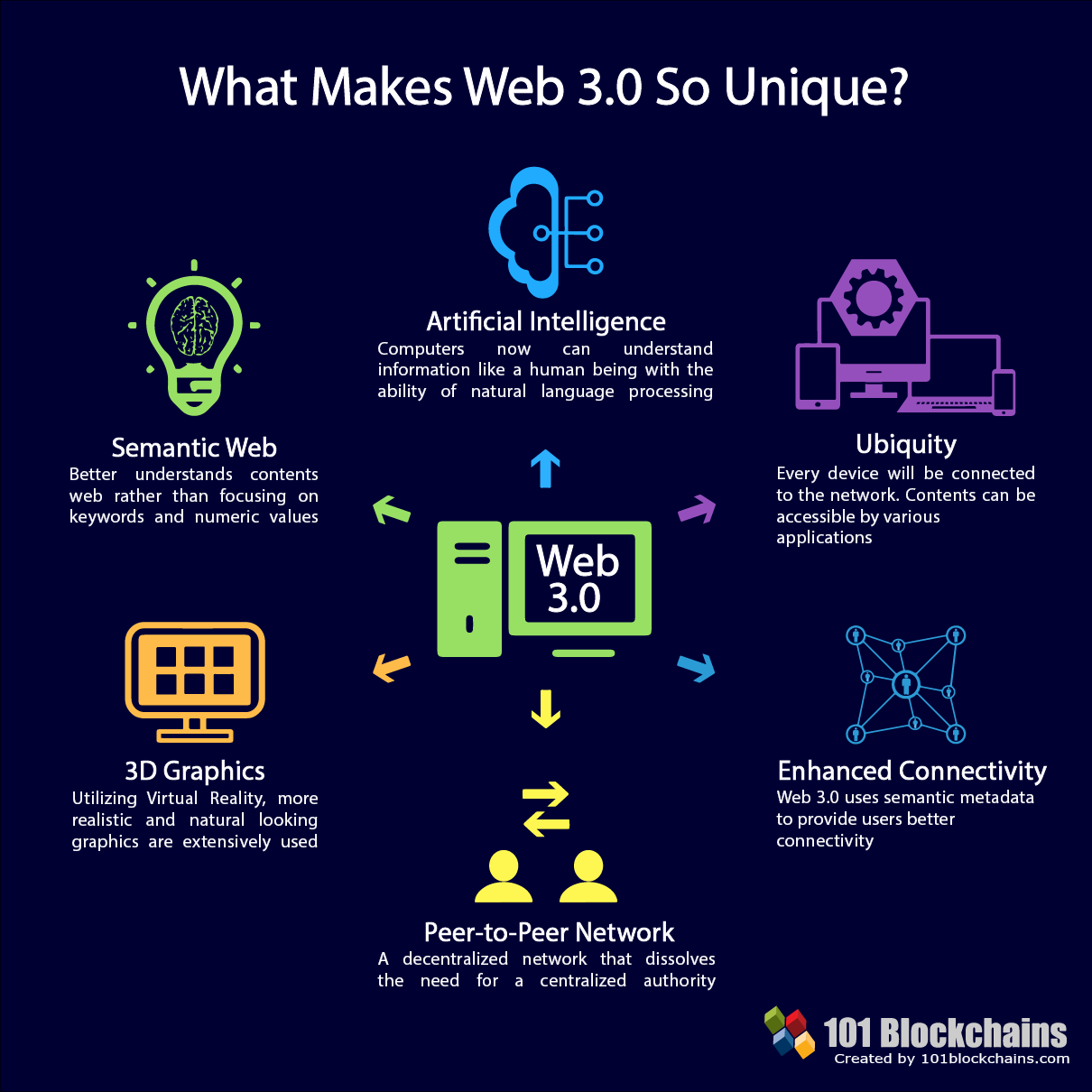dsturgeon
Well-Known Member
- Messages
- 4,144
- Reaction score
- 3,961
https://www-file.huawei.com/-/media/corp2020/pdf/tech-insights/1/6g-white-paper-en.pdf?la=en
Haptic and Multi Sensory communication
Haptic communication involves the exchange of real-time
haptic information, including surface, touch, actuation,
motion, vibration, and force information. This information
is transmitted over the network along with audiovisual
information. For example, haptic clothing can make a
virtual football game feel more realistic, enabling the
wearer to experience the texture, weight, and pressure
of the virtual ball, or it can allow the wearer to receive a
virtual hug from a family member far away.
Among haptic applications, teleoperation with interactive
feedback (such as tele-surgery, tele-diagnosis, and tele-
motion-control) in highly dynamic environments is the
most challenging. In these cases, haptic feedback is
important to stimulate the human brain and help
users adjust their operation time, stress, gesture, and so on. This
type of interactive teleoperation requires very low latency,
with the RTT requirement for air interface transmission
being as low as 0.1 ms. Fur thermore, teleoperation
imposes strict requirements on the relative transmission
latency between audio, video, and haptic information, as
well as on reliability and throughput.

Haptic and Multi Sensory communication
Haptic communication involves the exchange of real-time
haptic information, including surface, touch, actuation,
motion, vibration, and force information. This information
is transmitted over the network along with audiovisual
information. For example, haptic clothing can make a
virtual football game feel more realistic, enabling the
wearer to experience the texture, weight, and pressure
of the virtual ball, or it can allow the wearer to receive a
virtual hug from a family member far away.
Among haptic applications, teleoperation with interactive
feedback (such as tele-surgery, tele-diagnosis, and tele-
motion-control) in highly dynamic environments is the
most challenging. In these cases, haptic feedback is
important to stimulate the human brain and help
users adjust their operation time, stress, gesture, and so on. This
type of interactive teleoperation requires very low latency,
with the RTT requirement for air interface transmission
being as low as 0.1 ms. Fur thermore, teleoperation
imposes strict requirements on the relative transmission
latency between audio, video, and haptic information, as
well as on reliability and throughput.





